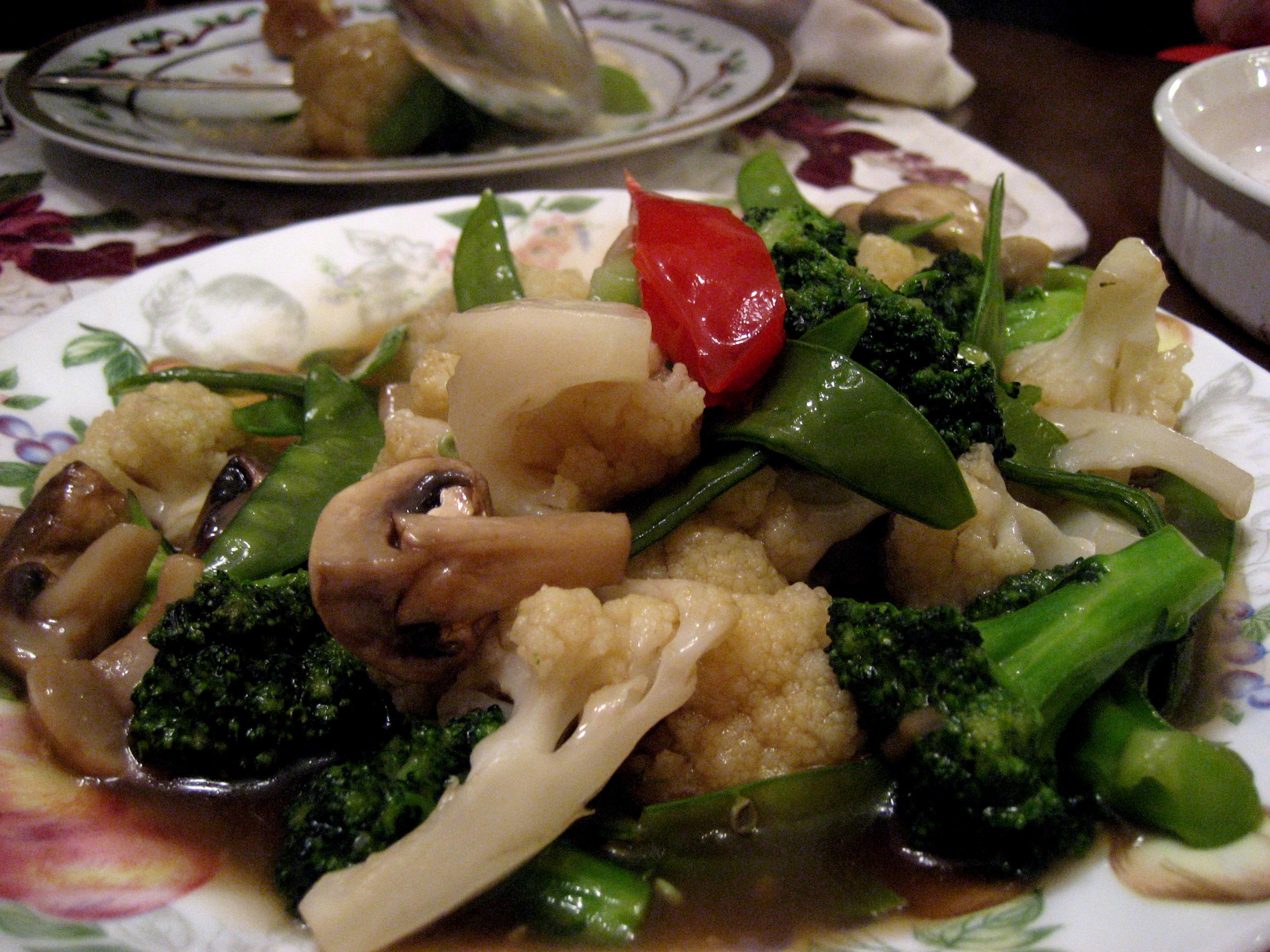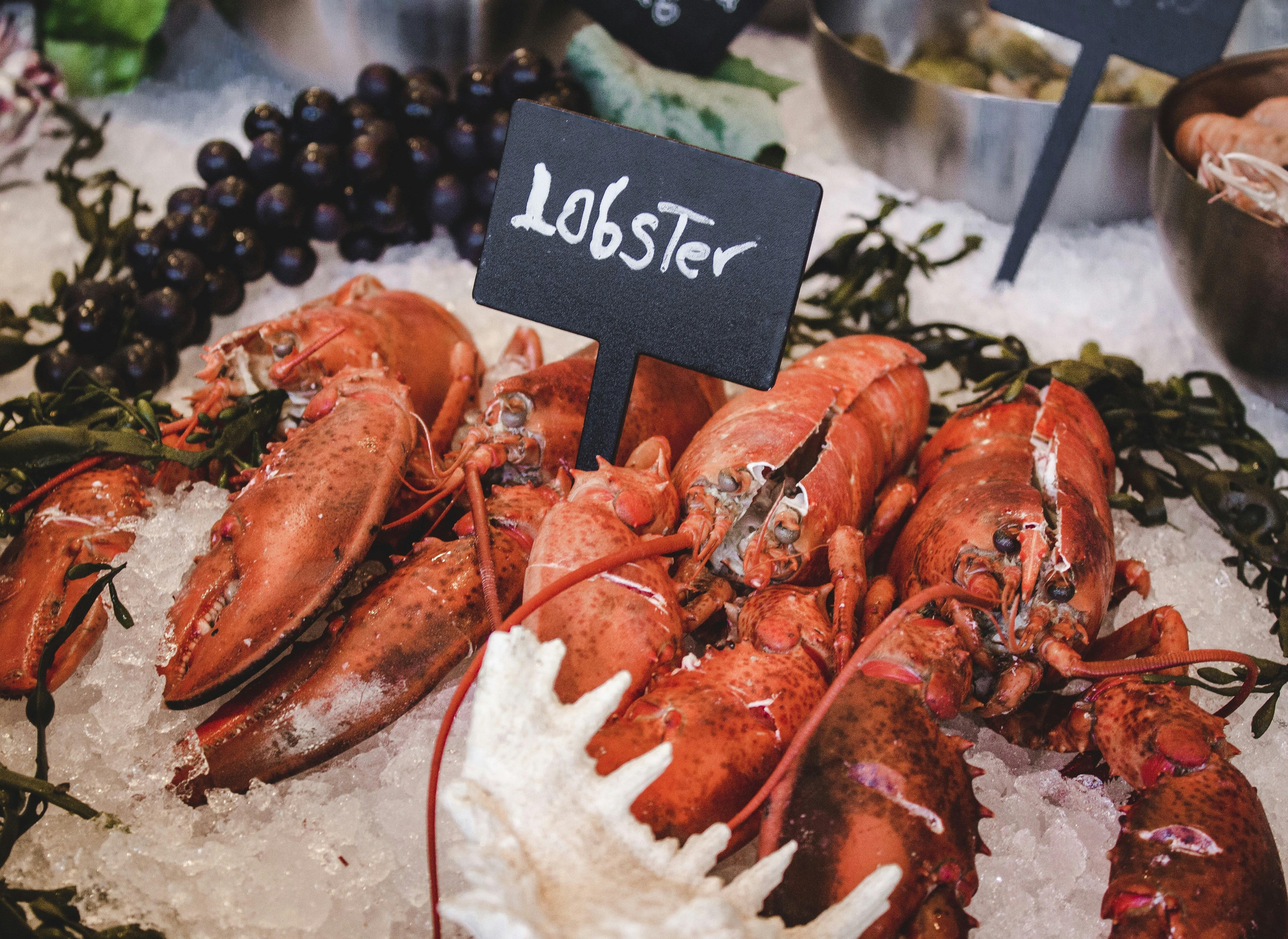In the culinary world, the preparation of vegetables is both an art and a science, with methods ranging from roasting to grilling, each bringing out unique flavors and textures. Among these techniques, steaming and boiling have long stood as fundamental approaches, each with its own set of enthusiasts and detractors. As we navigate the crossroads of health consciousness and culinary precision, a pivotal question emerges: should steaming be prioritized over boiling when it comes to preparing vegetables? This inquiry delves beyond mere preference, exploring the nuanced impacts on nutritional value, taste, texture, and environmental considerations. Join us as we embark on a journey through the steamy vapors and bubbling pots, unraveling the mysteries of these age-old cooking methods and their place in the modern kitchen.
Unlocking Nutrient Potential: The Science Behind Steaming vs. Boiling
In the culinary world, how we cook our vegetables can significantly affect their nutritional value. Steaming and boiling are two popular methods, each with its own impact on the preservation of nutrients. When vegetables are boiled, they are submerged in water, leading to the leaching of water-soluble vitamins such as vitamin C and certain B vitamins. This method often results in nutrient loss as these essential compounds dissolve into the cooking water. On the other hand, steaming involves cooking vegetables using the steam generated from boiling water, which allows the vegetables to retain more of their natural vitamins and minerals.
- Vitamin Retention: Steaming preserves more vitamins compared to boiling, especially those sensitive to heat and water.
- Flavor and Texture: Vegetables tend to maintain their vibrant color and firm texture when steamed, enhancing the eating experience.
- Cooking Time: Steaming generally requires less time, which further helps in retaining nutrients.
By understanding these differences, you can make informed decisions in the kitchen, ensuring your meals are both delicious and nutrient-rich. Whether you choose to steam or boil, being mindful of these cooking techniques can lead to healthier eating habits.

Flavor and Texture: How Cooking Methods Transform Your Vegetables
When it comes to preparing vegetables, the cooking method you choose can dramatically alter their flavor and texture. Steaming, for instance, tends to preserve the natural sweetness and vibrant color of vegetables, offering a crisp-tender texture that many find appealing. In contrast, boiling can sometimes lead to a softer, more muted result, where the vegetables may lose some of their vivid hues and flavors to the cooking water.
- Steaming: Retains nutrients and enhances natural sweetness.
- Boiling: Softens texture and may dilute flavors.
For those who appreciate a firmer bite and the pure essence of their greens, steaming might be the method to lean towards. Meanwhile, boiling can be ideal for recipes where a softer texture is desired, such as mashed dishes or soups. Ultimately, the choice between these methods depends on the desired outcome and the dish’s overall flavor profile.
Environmental Impact: Comparing the Sustainability of Steaming and Boiling
When examining the environmental footprint of cooking methods, both steaming and boiling present unique impacts on sustainability. Steaming generally requires less water than boiling, which directly translates to reduced water usage—a critical consideration in regions facing water scarcity. Additionally, steaming typically consumes less energy as it often involves shorter cooking times, especially when using efficient steamers. This reduced energy consumption can lead to a smaller carbon footprint, making steaming a potentially greener option.
- Water Usage: Steaming uses minimal water compared to boiling.
- Energy Consumption: Steaming often involves shorter cooking times, leading to lower energy use.
- Carbon Footprint: The reduced energy and water usage in steaming can contribute to a smaller environmental impact.
On the other hand, boiling may still hold its ground in terms of simplicity and accessibility. While it does require more water, it can be done without specialized equipment, making it a more accessible option for many households. The trade-offs between these methods highlight the complexity of determining the most sustainable cooking technique, suggesting that the choice between steaming and boiling may depend on regional resource availability and personal preferences.

Expert Tips for Perfectly Steamed Vegetables Every Time
Steaming vegetables can be a game-changer in the kitchen, preserving not only their vibrant colors but also maximizing their nutritional value. To achieve the perfect texture and taste, consider these expert tips:
- Use a Steamer Basket: Opt for a well-fitting steamer basket that allows the steam to circulate freely around the vegetables.
- Cut Uniformly: Slice your veggies into similar sizes to ensure even cooking. Smaller pieces steam faster, while larger chunks might need more time.
- Season After Steaming: For optimal flavor, add salt, pepper, or your favorite herbs right after steaming. This prevents the spices from getting washed away during the cooking process.
While steaming often takes center stage due to its health benefits, it’s crucial to remember that timing is everything. Over-steaming can lead to mushy textures, so always keep an eye on the clock. By following these tips, you’ll have perfectly steamed vegetables that retain their crunch and nutrients every time.
Key Takeaways
As we draw the curtain on this culinary contemplation, the choice between steaming and boiling vegetables remains a personal journey, guided by taste, nutrition, and convenience. Both methods offer unique benefits and subtle drawbacks, leaving the decision not as a battle of techniques, but rather a harmonious duet in the symphony of cooking. Whether you choose to envelop your broccoli in a gentle steam or submerge your carrots in a bubbling pot, the ultimate goal remains the same: to celebrate the vibrant flavors and nourishing qualities of vegetables. let your palate and lifestyle lead the way, as you craft your own culinary masterpiece.
